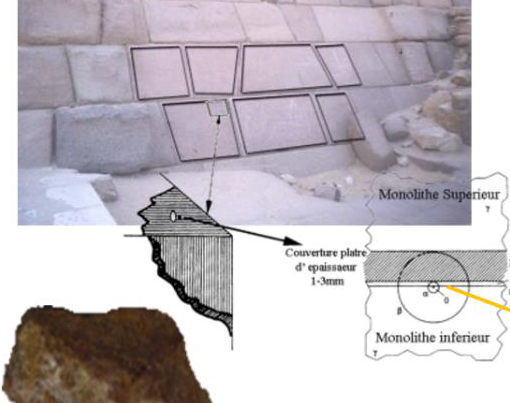by Poulos S.E, Panagopoulou A.P. and Kotinas V.A.
ABSTRACT
Pavlopetri is one of the oldest submerged cities in the world, established during the Final Neolithic Period (as early as 3500 BC), with its occupation being extended to the post-palatial period (1400-1100 BC) of Minoan chronology, while there is evidence of human presence from the Classical and Hellenistic periods up to the Roman/Byzantine Period. The synthesis of the available archaeological information, morphological, radiocar-bon dating and sea level data, makes evident that the Pavlopetri surrounding marine area was about 4 m below present sea level (bpsl) when Pavlopetri was flourishing (2800 – 1180 BC), 1.5-2.0 m bpsl during the Hellenistic period, circa 1.2 m in the Byzantine era and as much as 0.5 m during the Latin period. As the settlement is expected to have been constructed in elevations not less than 2 m above sea level (asl), most of it was partially submerged or flooded during the Hellenistic times, being also subjected to the eroding marine forces and processes. Based on nearshore hydrodynamics, a submerged breakwater built in water depths > 5 m could drastically reduce their impact, while monitoring of the environmental conditions (sea temperature, salinity, biology) can also provide data for the preservation of the monument’s building material.
![]()



